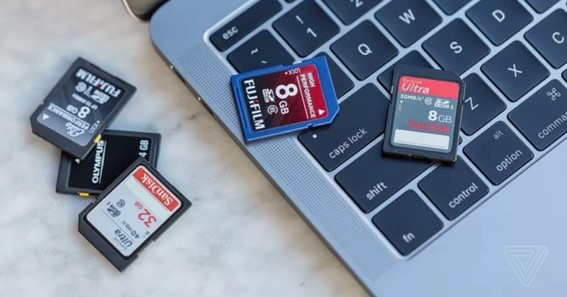In today’s digital age, people are reliant on different devices. Whether you’re a professional photographer, a smartphone enthusiast, or a gamer, having the right memory card is crucial to ensure seamless storage and retrieval of your data. With numerous options available in the market, selecting the perfect one can be a daunting task. To help you make an informed decision, a comprehensive buying guide has been compiled with essential tips. Read on to discover the key factors you should consider when purchasing memory cards.
Storage Capacity:
The first and foremost aspect to consider is its storage capacity. Determine your requirements based on the type of device you’re using and the amount of data you intend to store. Typically, you can find these in various sizes, measured in gigabytes (GB) or terabytes (TB). If you’re a casual user, a 32GB or 64GB card might be sufficient, but professionals dealing with large files may require 128GB or higher.
Speed Class:
The speed class indicates how quickly it can read and write data. It plays a crucial role in tasks like capturing high-resolution photos, recording videos, or running applications. The SD Association has defined different speed classes, including Class 2, 4, 6, and 10, as well as UHS Speed Class 1 (U1) and UHS Speed Class 3 (U3). Consider your device’s requirements and choose a card with an appropriate speed class to avoid lag or dropped frames.
Compatibility:
Various types of memory cards are available, such as Secure Digital (SD), microSD, CompactFlash (CF), and more. Check the specifications of your camera, smartphone, or gaming console to determine the compatible card type. Additionally, verify if your device supports SDXC (Extended Capacity) or SDHC (High Capacity) cards, as these can affect the maximum storage capacity supported.
Endurance and Reliability:
If you plan to use your card for continuous shooting, 4K video recording, or other demanding tasks, consider the endurance and reliability features. Look for cards that are designed for extended use and resistant to shock, water, and extreme temperatures. These rugged cards are built to withstand harsh environments and are less likely to fail, ensuring the safety of your data.
Price and Value for Money:
While it’s tempting to go for the cheapest option available, it’s important to balance price and value for money. Cheaper products may compromise on quality, speed, and durability, leading to potential data loss or device compatibility issues. Research different brands and models, read reviews, and compare prices to find a card that offers a good balance of performance and affordability.
Read Reviews and Seek Recommendations:
Before finalising your purchase decision, take the time to read reviews and seek recommendations from trusted sources. Online platforms and forums often have discussions and comparisons of different products, providing insights into their performance, reliability, and user experiences. Additionally, consult with professionals or experienced users in your field to get their recommendations based on their firsthand experiences.
Conclusion:
Choosing the right memory card is crucial for ensuring smooth data storage and access in the digital world. By considering factors like storage capacity, speed class, compatibility, endurance, and price, you can make an informed purchase decision. Remember to research and compare different options, read reviews, and seek recommendations to find the one that best suits your needs. Investing in a reliable and high-quality product will not only protect your data but also enhance your overall digital experience.

